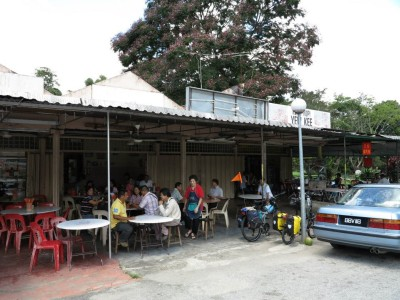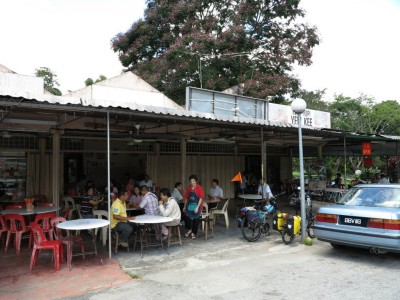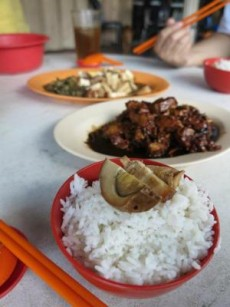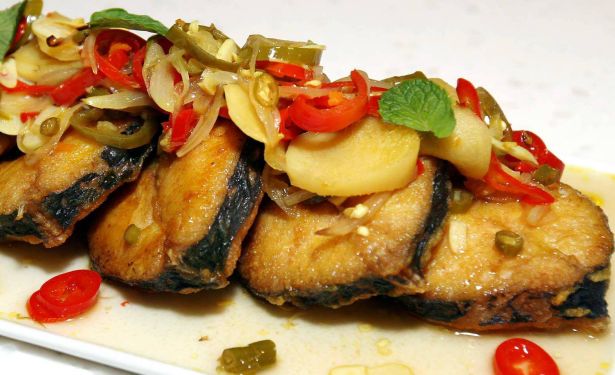JUST when I thought I’ve seen it all in Kuala Kubu Baru, Selangor, a friend had proven me wrong.
My cycling and camping buddy Roger Teoh led me to the town’s famous Mui Choy Yuk stall which was made famous by the Chinese press.
“Eh Sam, have you been to this place?” asked Teoh.
My reaction was a blank face.
Having been to Kuala Kubu Baru on a few occasions, I knew for a fact that there is a good nasi padang stall and a decent noodle shop in the area. That was all.
So recently, we made a trip back to this town for the purpose of bike-camping in Kampung Orang Asli Pertak.
From the Kuala Kubu Baru train station, we rode for 3km to reach town. The first stop was Teo Kee stall (N 03 33 751, E 101 39 516) at the town’s hawker centre.
Now, before I go into the details, I need to clear some confusion.
The faded signage on the stall reads “Teo Kee.”
But in actual fact, this makan place is listed as “number eight” on a row of stalls and the owner’s name is Tan Siew Woi.
And speaking of food, the stall offers some really interesting Hakka dishes.
This, of course, is non-halal.
To begin with, Roger ordered a plate of Mui Choy Yuk (preserved vegetables braised with pork) and Yee Mun Tau Foo (fish braised with beancurd).
The order came up to RM26 including drinks. Taste-wise, it’s pretty decent.
Noteworthy, is the Yee Mun Tau Foo dish which is a rarity if you live in the Klang Valley.
If you travel from Kuala Lumpur or Petaling Jaya, Kuala Kubu Baru can be reached via the North-South highway.
There are regular KTM Komuter trains including the ETS that departs from KL Sentral daily. The only flaw is the fact that there are no bus or taxi service from the station to town.








